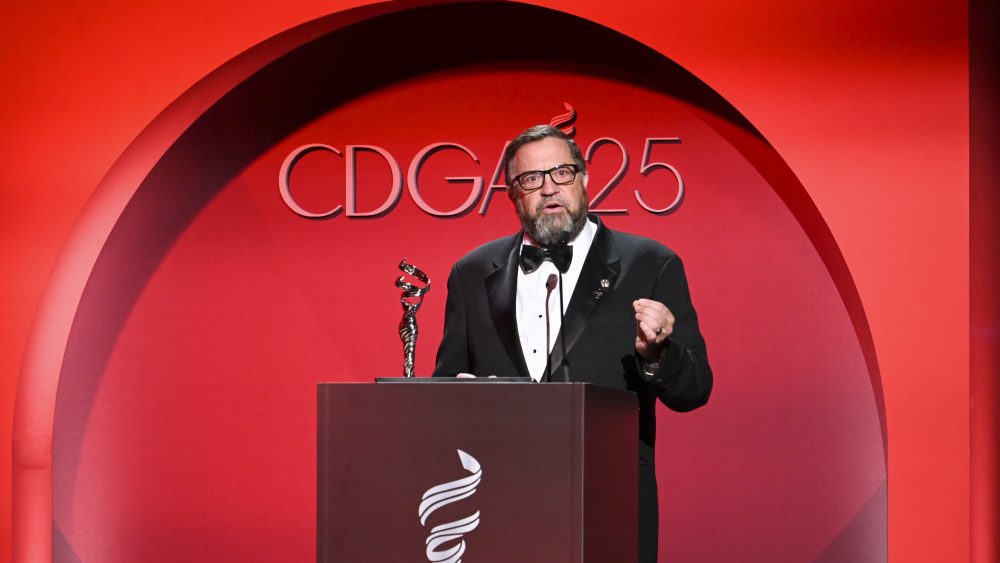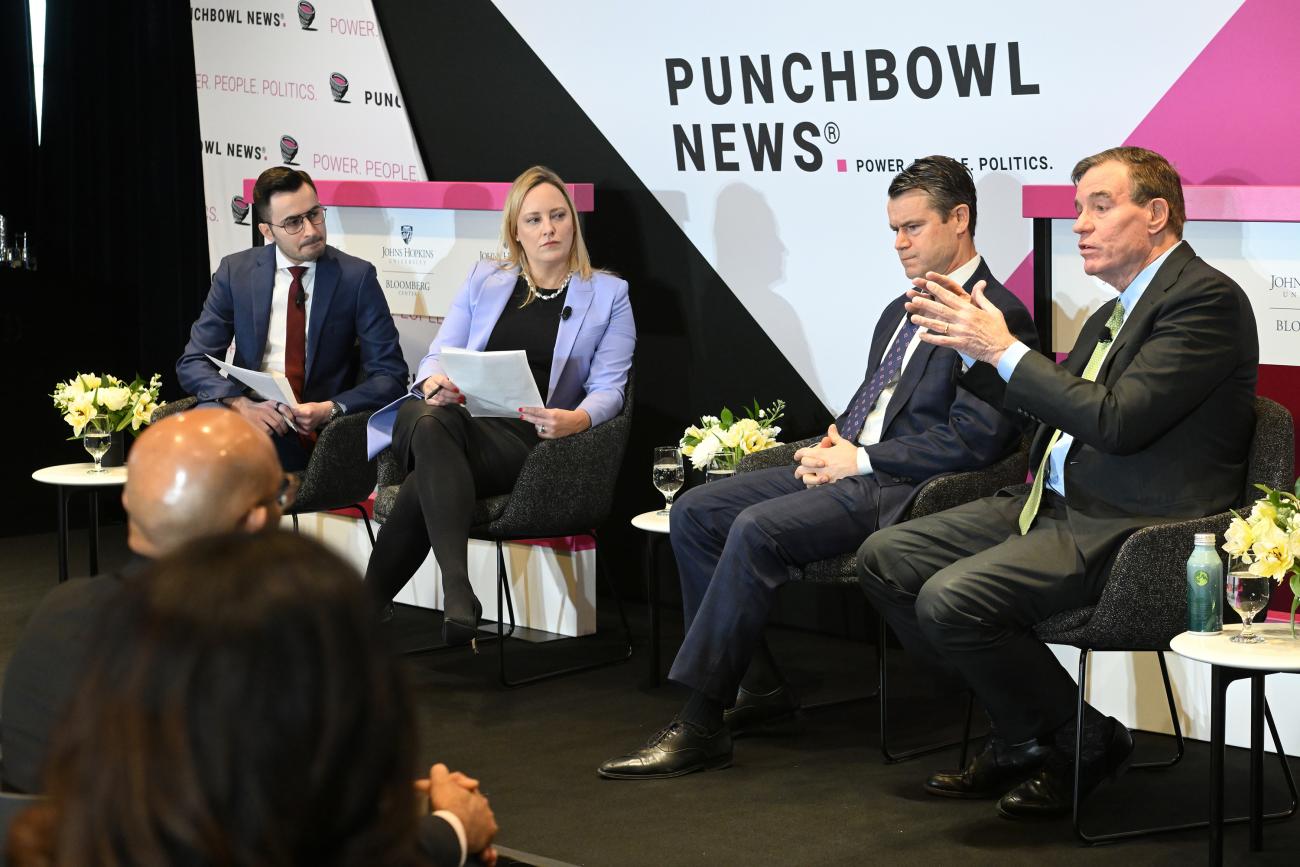Matthew Loeb is on the brink of engaging in what could be his most crucial negotiations during his 16-year tenure as the international leader of IATSE.
Scheduled to commence on March 4, the union’s contract discussions with the Alliance of Motion Picture and Television Producers are looming. Following the prolonged strikes of the Writers Guild of America and SAG-AFTRA last year, there has been heightened industry concern regarding the potential for another work stoppage. To bolster its negotiating position, IATSE is collaborating with the Hollywood Basic Crafts union and the Hollywood Teamsters to define key contract terms.
In an extensive Q&A session, Loeb delves into the core issues at stake, encompassing artificial intelligence (AI), streaming royalties, pay increments, and the firm stance that IATSE will not extend the current contract beyond the July 31 expiration date.
In the previous contract negotiations, AI emerged as a significant point of contention for the WGA and SAG-AFTRA. How do you anticipate this will impact your discussions? Is AI a concern for your members?
The term “threat” may be too strong. It is perceived as a challenge. We are evaluating the implications of AI on our industry. Our focus is on advocating for standards and safeguards for jobs, with the hope that AI can eventually complement our work. As new technologies emerge, they may also create new job opportunities. Furthermore, we aim for the benefits and efficiencies of AI to trickle down to the crews, potentially alleviating some of the daily pressures they face.
Do you view AI primarily as a tool that must be utilized judiciously?
While acknowledging AI as a tool, it must be approached from a human-centric perspective. The outcomes derived from AI should remain under the control of the artistic and creative professionals we represent.
SAG-AFTRA aimed to engage with AI to secure consent and compensation, recognizing that they cannot halt its progress. Does this align with your concerns?
Our challenges have unique aspects, particularly concerning the likenesses of celebrities and related issues specific to our industry. The impact of technology on our work revolves around safeguarding our profession from potential erosion. Despite receiving residuals, we lack additional compensation for image licensing, copyrights, or related rights. Our goal is to establish overarching protection that encompasses various crafts, ensuring standardized safeguards for all.
Your current contract expires on July 31, and you have affirmed that there will be no extensions. Does this signify a more assertive stance by IATSE in these negotiations compared to the past?
The decision to set this deadline is multifaceted. Regardless of the circumstances, we aim to firmly establish the ultimate negotiation endpoint. A new agreement must be in place before the current contract lapses. This message can be interpreted in various ways, including the possibility of a strike vote if an agreement is not reached.
So, it’s not definite that a strike authorization vote will occur; is that your implication?
Indeed, that is my stance. Ideally, the members will approve a fair and satisfactory agreement. The ultimate verdict rests with their acceptance of the best offer we can present.
Given the current challenges faced by members, do you believe you hold a strong position in these negotiations?
I believe we consistently maintain a robust position. Engaging in brinkmanship would be a grave error. Our objective is to secure a deal through negotiations, not to resort to a strike. Success hinges on the responsiveness of the companies, the unity of the 13 local unions we represent, and the level of stability achieved. Underestimating the dedication of our members would be misguided. The present circumstances are unique, characterized by resolute members anticipating potential transformations. Any assumption of weakness on our part is cautioned against.
Let’s touch on compensation. In 2021, you received a 3% increase for three years, yet inflation surged by 8% immediately. SAG-AFTRA secured a 7% raise for the first year, followed by subsequent increments. Is this a benchmark for your negotiation goals, or do you seek more substantial adjustments for your members?
Rectifying the lost ground is imperative. The negotiations coincided with the onset of rising prices, presenting challenges in revisiting the terms post-agreement. We are committed to bridging the gap and scrutinizing the benefits received by other groups to ensure a fair and equitable offer for our members.
Turnaround times and meal penalties were pivotal concerns in 2021. Is this still a top priority for your members?
Data analysis is ongoing to assess the impact of our negotiated terms. While some positive changes have been observed, further improvements are warranted. Our objective is to facilitate adequate rest periods for individuals, prioritizing their well-being over penalties and monetary compensations.
Streaming revenues for pension and health emerged as a significant change. Is this area of concern due to the absence or inadequacy of streaming residuals?
Sustaining our programs relies heavily on additional contributions based on members’ work hours. We are exploring avenues to incorporate streaming revenues into the earnings structure, ensuring a more stable and reliable financial framework for our plans. Notably, negotiations will also encompass post-COVID safety measures and members’ evolving needs, reflecting a potential paradigm shift.
The hiatus during the strikes significantly impacted your health and pension plan. How did this affect the sustainability of these benefits?
Despite the challenges posed by the strikes and the pandemic, we managed to sustain benefits for members through prudent health strategies and pension fund management. While resource-intensive, our commitment remains unwavering to fulfill the promised benefits and retirement provisions for members and their families. Securing sustainable funding and reinforcing financial stability are paramount to safeguarding the future welfare of IATSE members.
Considering your negotiations with the Hollywood Basic Crafts union, particularly regarding pension and health provisions, what strategy is being employed? Are your demands aligned?
Collaborating with the Teamsters and Basic Crafts unions, which share similar benefit structures and vested interests, amplifies our collective bargaining power. By uniting at the negotiation table, we anticipate enhanced leverage and alignment in our demands. The shared objectives underscore the cohesion among these sister coalitions, reinforcing our position for favorable outcomes.
Are there any other salient issues or themes that will feature prominently in your negotiations with AMPTP?
Undoubtedly, AI stands out as a pivotal concern, prompting studios to engage earnestly in negotiations to drive lasting advancements. Additionally, the contracting out of our work poses a safety threat, warranting vigilance to protect our jobs from outsourcing risks.










